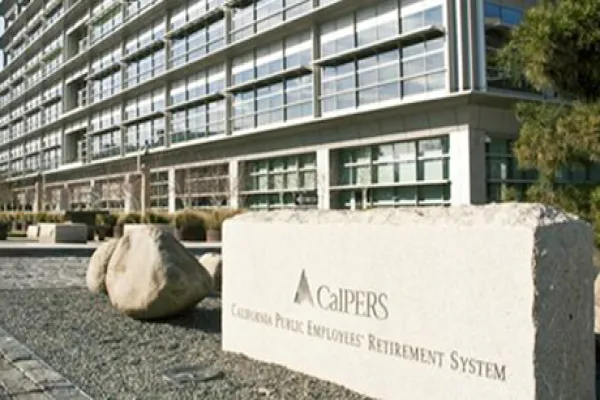Longtime friend of the show, Jagdeep Singh Bachher, recently 'dropped some science' in a piece for our friends over at aiCIO magazine. I think some of the sections are worth flagging, as they offer useful insight into the challenges that asset owners' investment professionals are facing in the current investment climate. Anyway, without further ado, here are some deep thoughts by Jagdeep Bachher on a variety of topics:
On In-Sourcing: “I believe you will see a real flow of intellectual capital towards these asset owners. And in the process, we will become risk managers, not asset managers. Now in my mind, the real question is how do these newly-empowered asset owners shift the balance of power away from Wall Street and the asset manager community, where it has resided for all these years. That shift, I would argue, is now overdue, and beta—the largest contributor to portfolio risk—is easily managed internally.”
On the Fee Machine: “There was a time when the interests of asset owners and asset managers were aligned, but that no longer applies. Paying fat fees to, say, private equity managers was just about tolerable when high returns came your way; but in a low-return environment, outsized fees for what in some cases amounts to leveraged public equity are intolerable.”
On Misalignments: “And quite apart from fees, we now have misalignment when it comes to time horizons: Private equity firms want to realize returns when it suits them to do so—all too often just prior to launching a new fund. The same applies in other alternative asset classes. That is not necessarily in the interests of long-term investors.”
On Solutions: “So what we do about this misalignment? We hire talent ourselves to access diverse investment opportunities so that we are not entirely dependent on intermediaries. Second, and perhaps most importantly, we can network with our peers—then we become not one fund but a proxy for a group of like-minded asset owners. Co-investing with your peers, particularly your peers across the globe, can give you access to better opportunities and, at worst, allows you to drive down fees. And this is not a zero-sum game: It can be good for managers, too. If you can provide a manager with permanent access to very substantial capital, it frees that manager from the rigors of capital-raising. Now that’s alignment. Of course, this sort of peer networking among asset owners is easier said than done. But we are already down the path to it. What we call the ‘Innovation Alliance’—where AIMCo, the Abu Dhabi Investment Authority, and the New Zealand Super Fund cooperate on specific investment opportunities—has already demonstrated its worth in providing growth capital to companies. There is so much more that can be done, but we have already shown that the model works.”
I couldn't agree more with these views, which is why I'm presenting Jageep's comments without much commentary. They speak for themselves.





